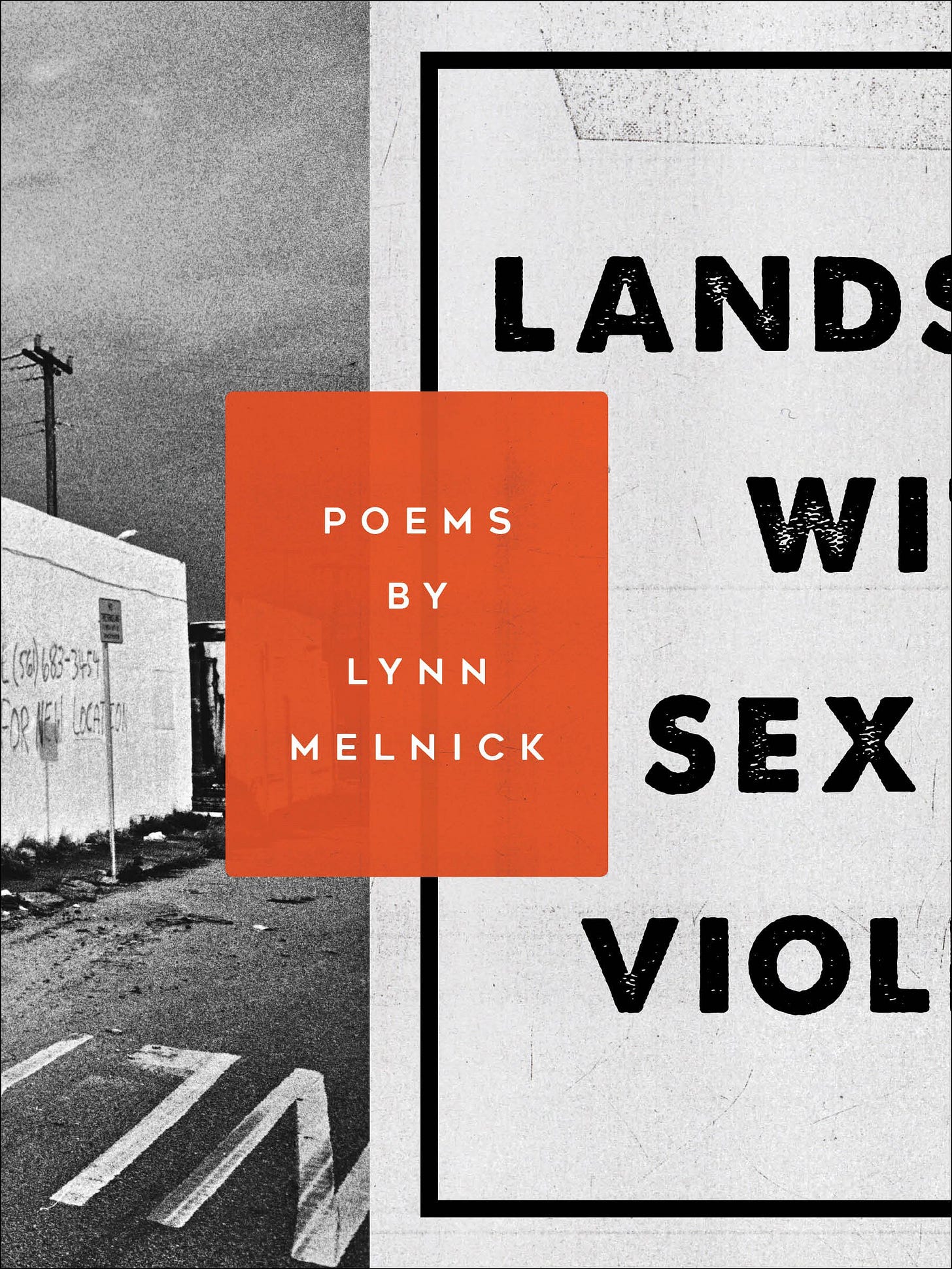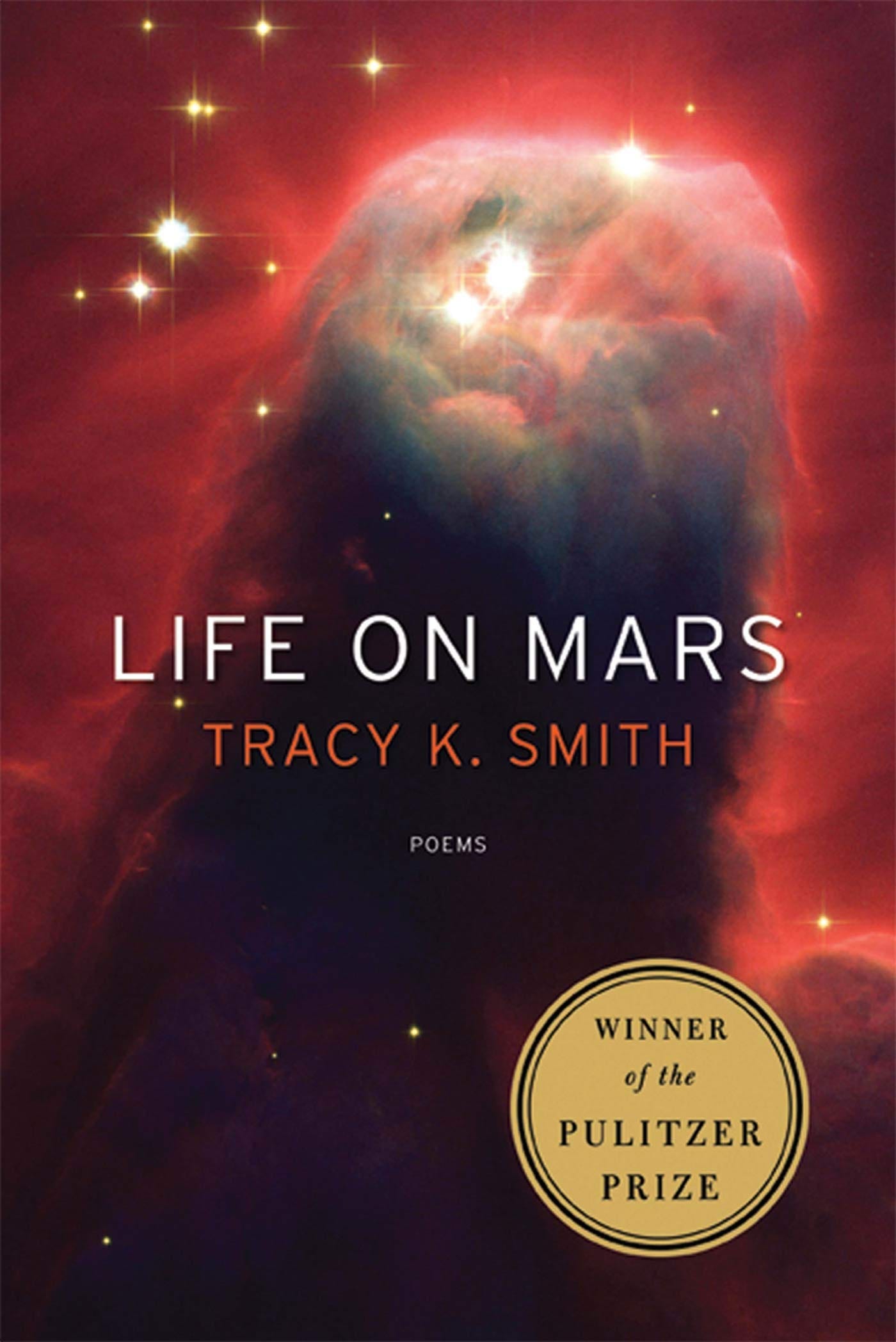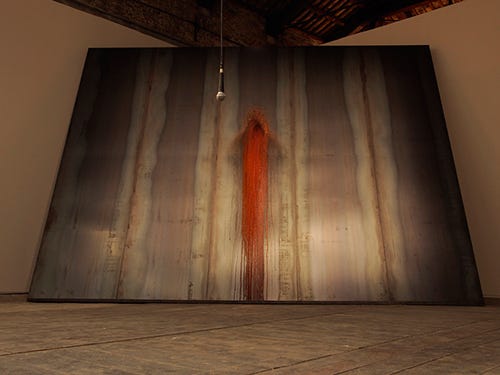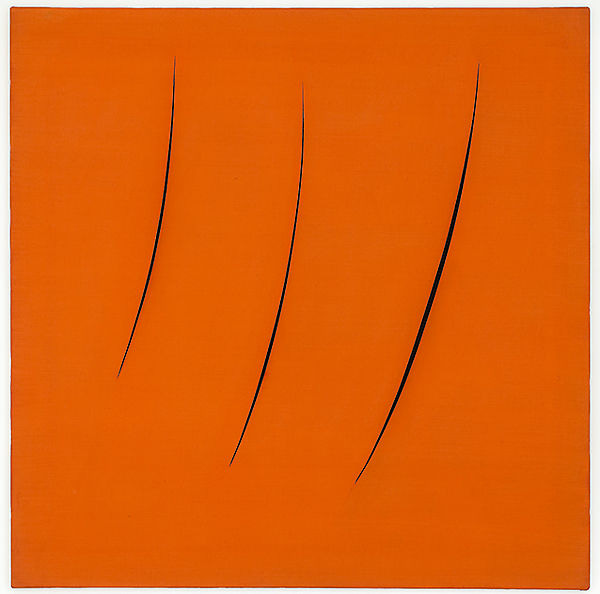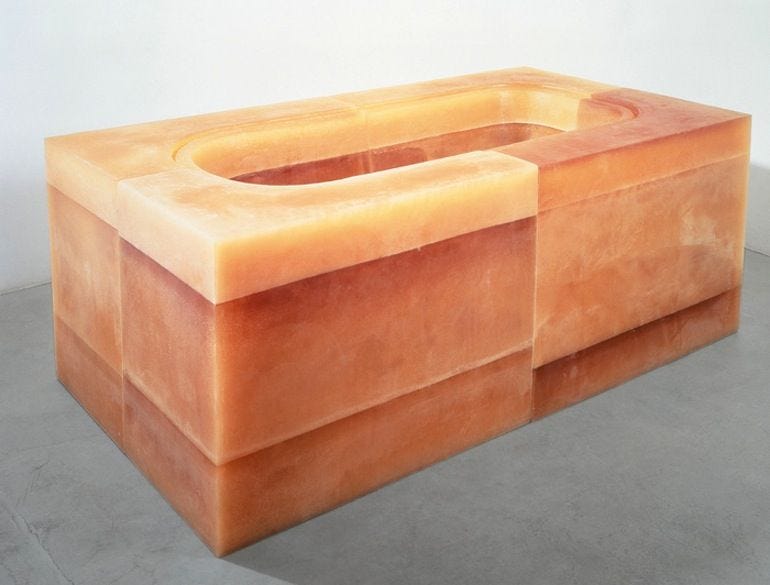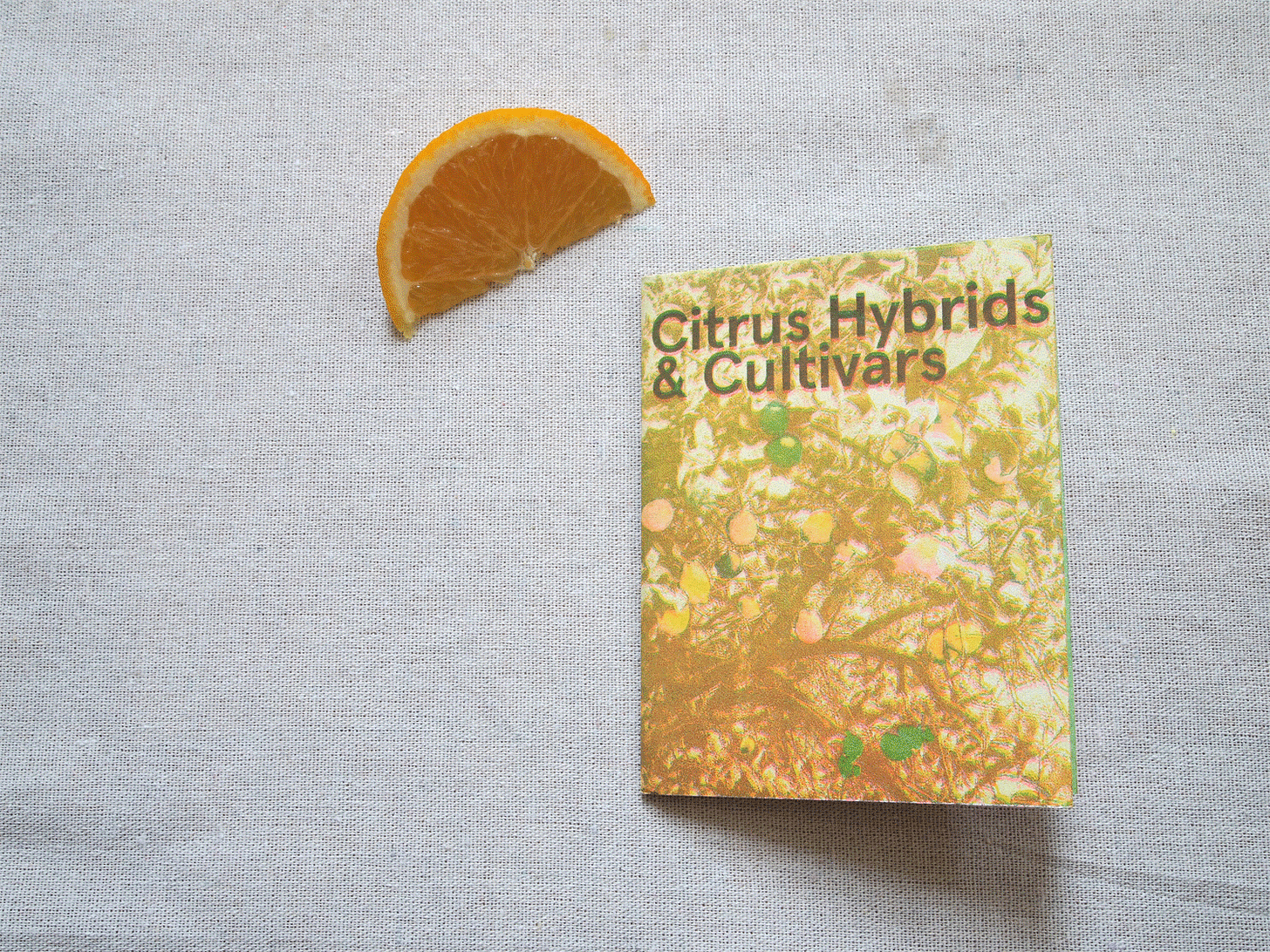036. Orange Reliquary
Everything about autumn is so utterly impermanent...Perhaps that’s why we all end up seeking solace in the familiar, grasping at the warmth of friends, of family, of soup and cups of coffee...
Hello friends,
After months of growing out my hair, I dyed it orange again. It’s been a crazy few weeks, full of big life choices and scary transitions, and this felt like a necessary reassertion of control over my surroundings. My natural brown hair has grown out darker with age, so much so that my usual hue, once a vibrant copper, now only shows up in sunlight. But it didn’t really matter to me. In that moment, standing in my bathroom smelling like rinsed-out artificial grape and freckles of orange dye splattered on our freshly painted white walls, I felt grounded in the temporary comfort of returning to an old habit.
Everything about autumn is so utterly impermanent. We leave our houses dressed for one temperature, only to end up cold or overheated or caught in a storm halfway through the day. Perhaps that’s why we all end up seeking solace in the familiar, grasping at the warmth of friends, of family, of soup and cups of coffee and sweaters, gentle acts of nostalgia and care that let us catch our breath within the chaos.
I didn’t expect to draft this second monochrome newsletter, but I started this after I spent my morning walking around with a dear friend in that warm metallic haze that accompanies autumn mornings here in New York. I ended up sitting on a bench in the park by my house, watching as boots and strollers and dogs in little sweaters pulped recently-fallen leaf litter into a mosaic of oranges.
I haven’t been able to get that image out of my head, so I hope you find a little warmth and comfort in this, too.
TOUCH
Last week, I visited the Leslie-Lohman Museum for the first time and came across Pacifico Solano’s Mountainscape. With a practice shaped by his his experience growing up with his family running an adult novelty store, I love how he takes images from vintage porn magazines and refashions them. This seemingly generic image of a landscape once held bodies within its ripped composition. These acts of collage, fragmentation, and dislocation create new expanses through which we can explore unspoken moments of sexual discovery, longing, absence, and intimacy, reflecting on the commodification of the erotic and the way queer and masculine iconographies circulate through our print culture. As Solano notes in a recent interview: “So much about my work is about the tactility of the photographs: the printing dots, the page creases, the dog earmarked pages, the staples within the centerfold. It’s so evident on the material, how they were held, how they were a part of somebody’s life.”
In continuing to think about the topographies that shape our bodies and our lives, I’m reminded of Lynn Melnick’s poetry collection, Landscape with Sex and Violence. A warning, this book dives deep into the nuances and intricacies of American rape culture, navigating assault, trauma, domestic violence, sex work, and abortion through the savage vistas of empty parking lots and the detached intimacy of suburban homes and cracked sidewalks. As she writes in ‘Poem Entering The Apple Valley Target,’ “I’ll take several. I’ll take fistfuls. / I’ll tuck it into my mouth at night to keep me quiet.” Raw feeling spills out into these manmade spaces, troubling the boundaries of the public and the private, the weight of telling one’s story presses against muted walls of stigma. It is heavy, but necessary, reading.
Fragrance is not really a subject I’ve explored (yet) in this newsletter, but I feel compelled to share my fascination with bergamot-scented perfume. I think, deep down, I just really want to smell like a cup of earl grey tea all the time and Le Labo’s Bergamote 22 gets me one step closer.
I couldn’t do a newsletter about the color orange without mentioning Tracy K. Smith’s Life on Mars. This is a poetry collection rich with the spectral hues of planetary landscapes, the fluttering glow of stars in the abyss of space, the shock of David Bowie’s hair spotted like a comet in New York City. Dedicated to her father, who worked on the Hubble Telescope, and like the light of distant galaxies reflected and refracted through its magnified body, Smith begins with the universe and squeezes us down into life’s extraordinary minutiae. In “Don’t You Wonder, Sometimes?” she writes, “Just like the life / In which I’m forever a child looking out my window at the night sky / Thinking one day I’ll touch the world with bare hands / Even if it burns.”
LOOK
For the 2013 Venice Biennale, performance and installation artist Francisca Grilli debuted Fe2O3, Ossido Ferrico. This piece is one of a simple, alchemical beauty, creating its haunting silhouette through a combination of sound, water, and metal. Throughout the work’s six month display, performers vocalized into the microphone opposite a large piece of sheet iron. With each performance, drops of water slowly fall down the wall, gradually corroding into the metal. Over the six months the work was displayed, a rusted orange silhouette began to emerge, beautifully delicate in its slow decay until a gap eventually began to open up within the metal through the performances’ voices and water alone. The pictures alone do not do this work justice, so I also suggest checking out this video that documents this act of corrosive singing.
Every time I see a piece by Lucio Fontana, I feel like I’m bearing witness to a moment of dynamic action suspended in time. His 1959 Spatial Concept, Expectations is a striking example of “spazialismo,” an art movement founded by Fontana in the 1940s to mark a bold new direction in post-war art making in this new technological age. By slashing at these vibrant fields of color, Fontana carves out dimensions, unravelling our expectation of the canvas as a flattened site of opulent realism. In his 1946 Manifesto Bianco, he writes “Existence, nature and matter come together in a perfect unity. They develop in time and space. Change is an essential property of existence.”
No one unsettles our expectations of mundane domesticity quite like Rachel Whiteread. By making sculptural casts of objects we encounter everyday—mattresses, hot water bottles, books, sometimes entire houses or the empty spaces underneath chairs—Whiteread’s works are uncannily familiar, weighted with human stories and traces of memory. Take for instance “Untitled (Orange Bath),” pictured above. Just by looking at photos, you wouldn’t realize that this form, taken from the space around a Victorian bathtub, made from rubber and polystyrene, a coffin-like structure with an unusual gelatinous glow and a strange, chunky softness far from rigid porcelain.
LISTEN
It would’ve felt very wrong if I didn’t include Japanese Breakfast in this round-up. I was initially only going to talk about Soft Sounds From Another Planet, in all its gentle glory, but Jubilee is also so stunning in its own right. Each song is its own little ecstatic masquerade, confessional lyrics sneaking their intimate heartbreak into shimmering melodies. I wasn’t a believer in no-skip albums until I found her music.
Then there’s “Motion,” a track from Emotional Oranges’ 2019 album, The Juice: Vol. I. My taste in music tends to slow down this time of year, but this warm song still lets me get a little dance in when I’m craving a groove.
Every time a friend tells me they want to get into audio dramas but have no idea where to start, I can’t help but recommend Alice Isn’t Dead to them. Three years later, it still feels so timeless, and it’s been amazing to see how this small, surreal pursuit of queer love and truck-driving through unsettling corners of America set the tone of so much other audio-based science fiction and gothic horror storytelling today.
I’ll end with a classic: Galaxie 500’s 1989 album, On Fire. This was one of those albums that got listened to and shared to death back in the 2010s (I still remember “Blue Thunder” getting reblogged constantly at the height of my Tumblr indie rock days and hearing it on loop in my local Urban Outfitters). Maybe I’m being a bit of a nostalgic mush but, somehow, this dreamy album still has a soft spot in my heart.
LICK
Jean Y. Kim’s risograph zine, Citrus Hybrids & Cultivars, is an electric, whimsical exploration of the varieties of fruit developed from combinations with citron, mandarin, papeda, pomelo, and kumquat (the 5 main ancestral species from which all others are descended from). I love how Kim plays with color, binding, and form to tell this delicious history, connecting each fruit through punched holes on each page.
I, like so many people, were first drawn to Laurence Philomene’s photography when their electric orange hair ended up on my Instagram feed. It’s been beautiful to see how they use this platform to share their self-portrait series, Puberty. When they began HRT, they started to document how testosterone was changing their body, their mood, and their relationship to their identity. Yet, this series is more than just a catalog of physical transformation. Their photos capture rituals of self-care, intimate moments among friends, and scenes of solitude that teeter between loving and lonely.
CLICK
Do you have some little fact you learned in your childhood, particular to the place you were growing up, that you still think about? Mine is that citrus farmers spray their groves before winter frosts so that the water, as it freezes, releases enough heat to keep trees at a stable temperature and their fruit insulated from the worst of the cold.
I kept thinking about this fact as I lost myself in “Orange is the New Peach,” a story by James Murdock and Gregory Miller about one orange farm in Georgia flourishing in the peculiar warming of climate change. Parts of Georgia that once grew peaches are now able to produce citrus varieties that were once unable survive the region’s freezing winters. Discussions of climate change’s impact on our agricultural systems remain few and far between, in part because so much of this takes place gradually across seasons rather than one immediate catastrophe. This piece offers a fresh look into this issue: that, as weather patterns change, the places where we grow our food may soon be uprooted, and new life will find a home in these evolving ecosystems.
Joyce Mansour’s “Spontaneous Fires” is a smoldering poem, one heavy with the weight of time. Part of the second wave of Parisian surrealism, Mansour’s writing is erotically macabre, collapsing the boundaries between life and death across decaying landscapes tangled into flesh. She writes, “If love is the son of the eye / Fire the son of wood / And wind the son of void / Even forests can hope for brush fire.”
While the beauty of citrus is still on my mind, I can’t help but be reminded of Thaddeus Rutkowski’s delicious prose in “Eating The Peels.” I love the unsettling image of his grandfather chewing into bitter rind, how sticky-sweet, juicy pulp is abandoned in favor of the fruit’s meaty discards: “I wouldn’t touch the scraps, but my grandfather would pick them up and chew them without a wince or complaint. He swallowed the peels with pleasure.” After you’re done reading, you might be tempted to pick at some peels, try a taste, and let their delicate perfume stain your fingertips.
Thanks for taking the time to read! Feel free to share this little project of mine with your friends, lovers, and enemies. If you like what I do, you can help feed my leopard gecko through Ko-Fi or check out my website. You can find a list of books by the people I mentioned on Bookshop (I get a small commission through this and any affiliate links in this letter).
Until next time,
Ellie





